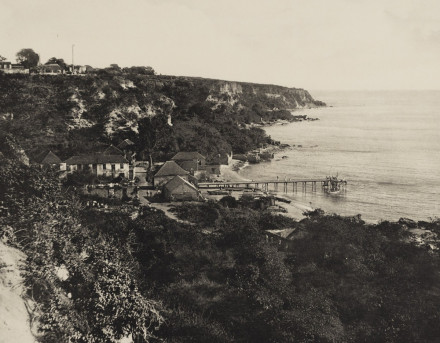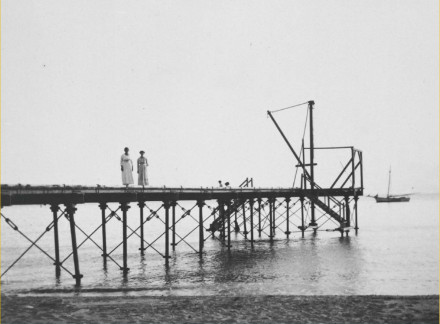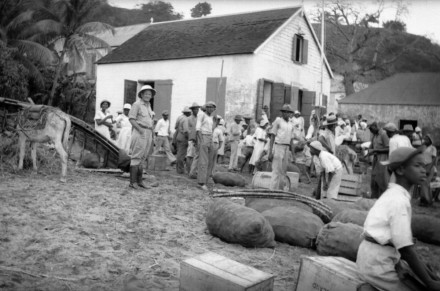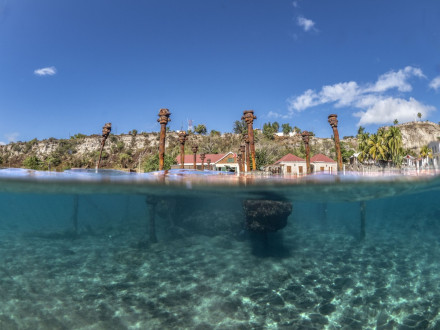History


The pier made it easier for vessels to load and offload goods as they did not have to go through the swells and onto the beach anymore. The end of the pier, however, was still fairly close to shore in shallow water, so vessels using the pier were often affected by swells too. To tackle this problem, a 23-meter-long extension of the structure was planned, but this project never came to fruition (Grol 1921:161).

The pier fell into disrepair after 1935, when the export of trass came to an end. The area around the old weighing house remained the focus of the island’s import and export until well into the twentieth century. This was the place where people came to pick up imported goods. The pier has remained a unique Statian landmark until the present day.


References
- G.J. van Grol (1921).
Economische arbeid op St. Eustatius van gouvernementswege, 1903-1918.
Nieuwe West-Indische Gids, vol. (2), issue 1.
pp 151-162. - Johan Hartog (1976).
History of St. Eustatius.
De Witt Stores N.V., Aruba, Netherlands Antilles. - Ruud Stelten (2019).
From Golden Rock to Historic Gem: A Historical Archaeological Analysis of the Maritime Cultural Landscape of St. Eustatius Dutch Caribbean.
Leiden: Sidestone Press.